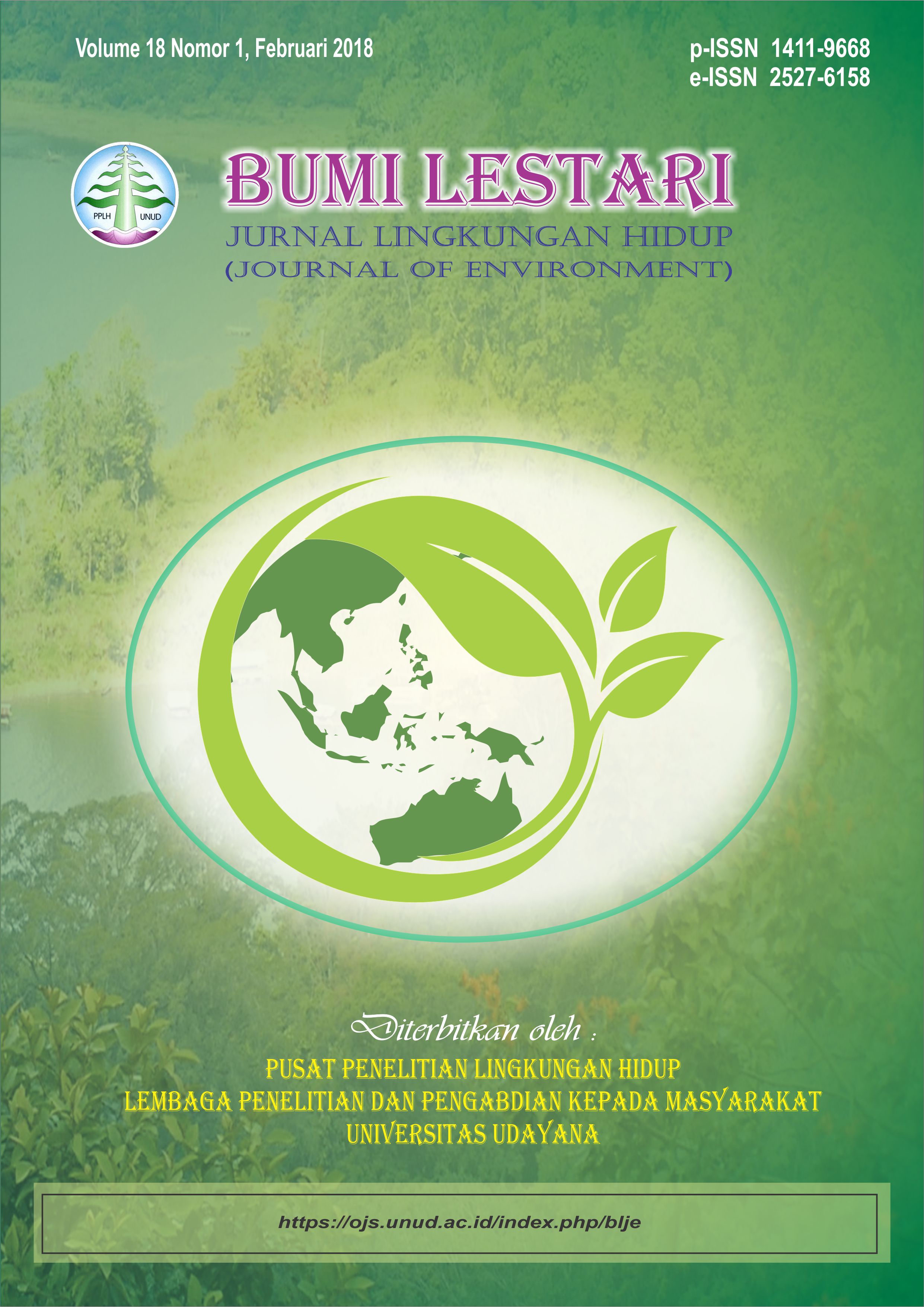Skrining Bakteri Dekomposer Sebagai Penghilang Bau Kotoran Ayam
Abstract
The decomposition of chicken excreta produce odorous gases, that case environmental pollution. One of alternative technique to reduce the odorous gases is by applying specific bacteria. The aim of this study was to obtain bacterial isolates that capable of reducing NH3 and H2S production and odors. Decomposer bacterial candidates were isolated from chicken manure, guano, and peat soil. Selection of isolates of oxidizing bacteria is carried out using selective media. All isolates that were found from chicken manure, guano, and peat soil tested for hypersensitive reaction on tobacco and hemolysis on blood agar. The isolated bacteria that showed negative HR and HL responses than used for a further experiment. Five isolates of bacteria which reduce odors based on organoleptic test were WiK 15, TnK 7, WiGu 11, CGu 7 and MaGa 5. NH3 and H2S from decomposition chicken excreta were analyzed by spectrophotometric and colorimetric method. The average of total NH3 production from seven days observation showed ranged level from 1.09 ppm to 1.77 ppm, while total H2S gas production ranged from 15.05 to 16.57 ppm. Bacterial isolate CGU 7 showed make lowest total production of NH3.
Downloads
Authors who publish with this journal agree to the following terms:
- All articles published by Bumi Lestari Journal of Environment and Environmental Reseach Center Udayana University are made available under an open access license worldwide immediately. This means everyone has free and unlimited access to the full-text of all articles published in Bumi Lestari Journal of Environment, and everyone is free to re-use the published material given proper accreditation/citation of the original publication. Open access publication is supported by authors' institutes or research funding agency by payment of a comparatively article processing charge for accepted articles (See Author Fees). Bumi Lestari Journal of Environment and Environmental Reseach Center Udayana University publish articles under the Creative Commons Attribution License.
- Authors are able to enter into separate, additional contractual arrangements for the non-exclusive distribution of the journal's published version of the work (e.g., post it to an institutional repository or publish it in a book), with an acknowledgement of its initial publication in this journal.
- Authors are permitted and encouraged to post their work online (e.g., in institutional repositories or on their website) prior to and during the submission process, as it can lead to productive exchanges, as well as earlier and greater citation of published work (See The Effect of Open Access).





